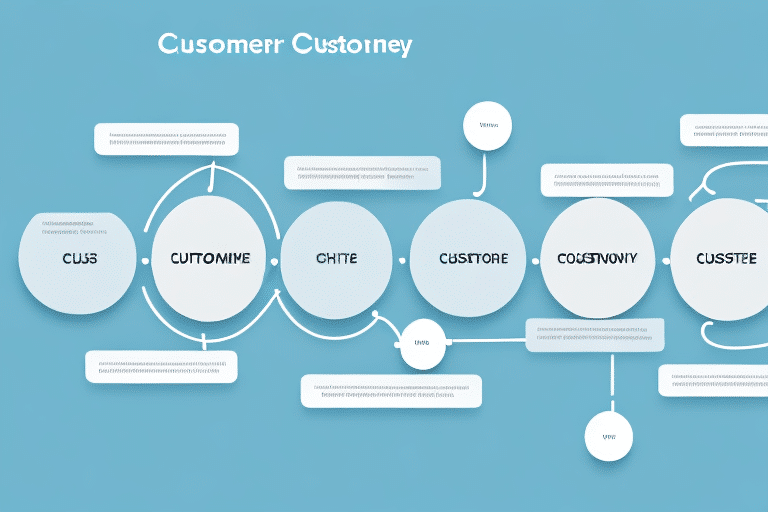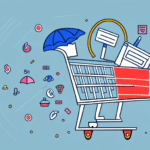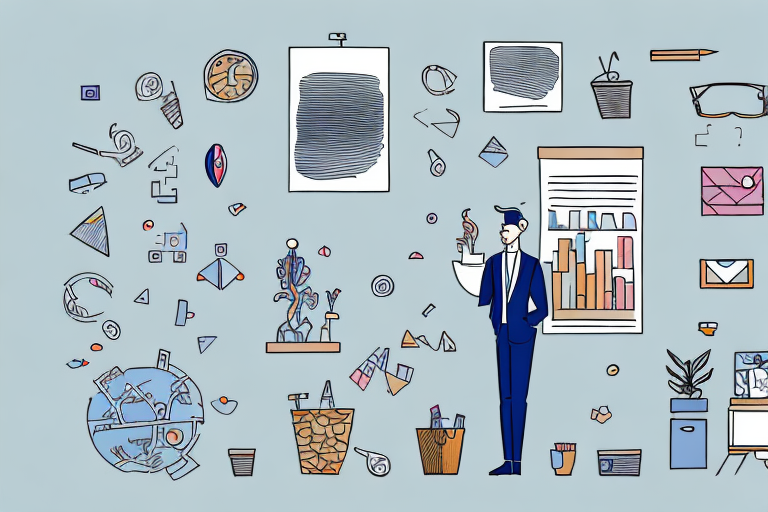Importance of Customer Retention Strategies
In today’s competitive business environment, customer retention is more critical than ever. Retaining existing customers is significantly more cost-effective than acquiring new ones. According to a study by Bain & Company, increasing customer retention by just 5% can lead to an increase in profits of 25% to 95%.[1]
Cost-Effectiveness of Retention
Acquiring new customers often involves substantial marketing and sales expenses. In contrast, retaining customers typically requires fewer resources and can be achieved through excellent customer service and engagement strategies.
Customer Loyalty as a Business Asset
Loyal customers are not only more likely to make repeat purchases but also tend to spend more over time. They can also become brand advocates, driving new business through positive word-of-mouth referrals.
Resilience During Economic Downturns
Businesses with strong customer retention strategies are better positioned to withstand economic challenges. Loyal customers are more likely to continue purchasing from a trusted brand even during tough economic times, ensuring a steady revenue stream.[2]
Feedback and Continuous Improvement
Engaging with customers regularly allows businesses to gather valuable feedback. This insight can be used to refine products and services, enhancing the overall customer experience and fostering greater loyalty.
Role and Responsibilities of a Customer Retention Executive
A Customer Retention Executive plays a pivotal role in maintaining and enhancing customer loyalty. This role involves developing and implementing strategies to keep customers engaged, satisfied, and loyal to the company’s offerings.
Key Responsibilities
- Develop and execute customer retention strategies
- Analyze customer feedback and data to identify areas for improvement
- Create targeted marketing campaigns to re-engage customers
- Manage customer accounts and resolve any concerns or issues
- Collaborate with sales, marketing, and product teams to ensure a cohesive approach
Essential Skills and Qualifications
- Experience in customer service, sales, marketing, or account management
- Strong communication and interpersonal skills
- Analytical and problem-solving abilities
- Understanding of customer behavior and market trends
- Results-driven mindset with a focus on achieving business objectives
- Bachelor’s degree in marketing, business, or a related field
Crafting an Effective Job Description
Outlining Key Responsibilities
Clearly delineate the main duties of the Customer Retention Executive, such as developing retention strategies, analyzing customer data, and managing customer relationships. Use action-oriented language to convey the impact of the role.
Highlighting Required Skills and Qualifications
Specify the essential skills and qualifications necessary for the role, including relevant experience, education, and specific competencies. This helps attract candidates who are best suited for the position.
Showcasing Company Culture and Benefits
Include information about the company’s values, mission, and work environment. Highlighting unique aspects of the company culture and any perks or benefits can make the job description more appealing to potential candidates.
Optimizing for Search Engines
Incorporate relevant keywords that candidates may use when searching for similar roles. This includes job titles, skills, and industry-specific terms, ensuring that your job posting is easily discoverable through search engines.
Avoiding Common Mistakes
Ensure that the job description is free of jargon, gendered or biased language, and overly technical terms. Focus on both required qualifications and the soft skills necessary for success in the role.
Including Real-World Examples
Providing examples of effective job descriptions from leading companies can serve as a useful reference. For instance, a description from a top company may include detailed responsibilities, expectations, and the benefits of working with them.[3]
Hiring and Onboarding Process
Evaluating Candidates
Implement a comprehensive evaluation process that includes behavioral interviews, skills assessments, and reference checks. Involving multiple stakeholders can provide diverse perspectives and ensure a good fit for the organization.
Effective Onboarding Strategies
Develop structured onboarding programs that provide new hires with the necessary training and resources. Assigning mentors, offering shadowing opportunities, and setting clear expectations can facilitate a smooth transition and set the stage for success.
Measuring Success
Key Performance Indicators (KPIs)
- Customer Retention Rate
- Customer Satisfaction Scores (CSAT)
- Net Promoter Score (NPS)
- Revenue Growth from Existing Customers
- Lifetime Customer Value (LCV)
Regularly tracking these KPIs provides insight into the effectiveness of retention strategies and the performance of the Customer Retention Executive. Adjustments can be made based on these metrics to continually enhance customer retention efforts.
Future Trends in Customer Retention
Personalized Customer Experiences
Personalization continues to be a key driver in customer retention. Leveraging data to tailor experiences, offers, and communications can significantly enhance customer loyalty.[4]
Data-Driven Decision Making
Utilizing advanced analytics to understand customer behavior and predict churn allows businesses to proactively address retention challenges.
Integration of Artificial Intelligence
AI and machine learning are increasingly being used to automate customer interactions, provide personalized recommendations, and streamline support through chatbots and virtual assistants.
Emphasis on Social Media and Online Reviews
Managing online reputation and engaging with customers on social media platforms play a crucial role in shaping customer perceptions and fostering loyalty.
Conclusion
Creating an effective Customer Retention Executive job description is a vital step in building a strong retention team. By focusing on the importance of customer retention, clearly outlining the role and responsibilities, crafting a detailed and optimized job description, and implementing best practices in hiring and onboarding, organizations can attract and retain top talent. Additionally, staying informed about future trends ensures that retention strategies remain effective and aligned with evolving customer expectations.
For more information on crafting effective job descriptions and optimizing your hiring strategies, refer to reputable sources such as the Society for Human Resource Management (SHRM) and industry-specific publications.
[1] Bain & Company. "The Value of Customer Experience, Quantified." Retrieved from https://www.bain.com/insights/customer-experience-quantified/
[2] Harvard Business Review. "The Value of Keeping the Right Customers." Retrieved from https://hbr.org/2014/10/the-value-of-keeping-the-right-customers
[3] Indeed. "Customer Retention Executive Job Description Examples." Retrieved from https://www.indeed.com/hire/job-description/customer-retention-executive
[4] Forbes. "Personalization Drives Customer Retention." Retrieved from https://www.forbes.com/sites/forbescommunicationscouncil/2023/03/15/personalization-drives-customer-retention/






















